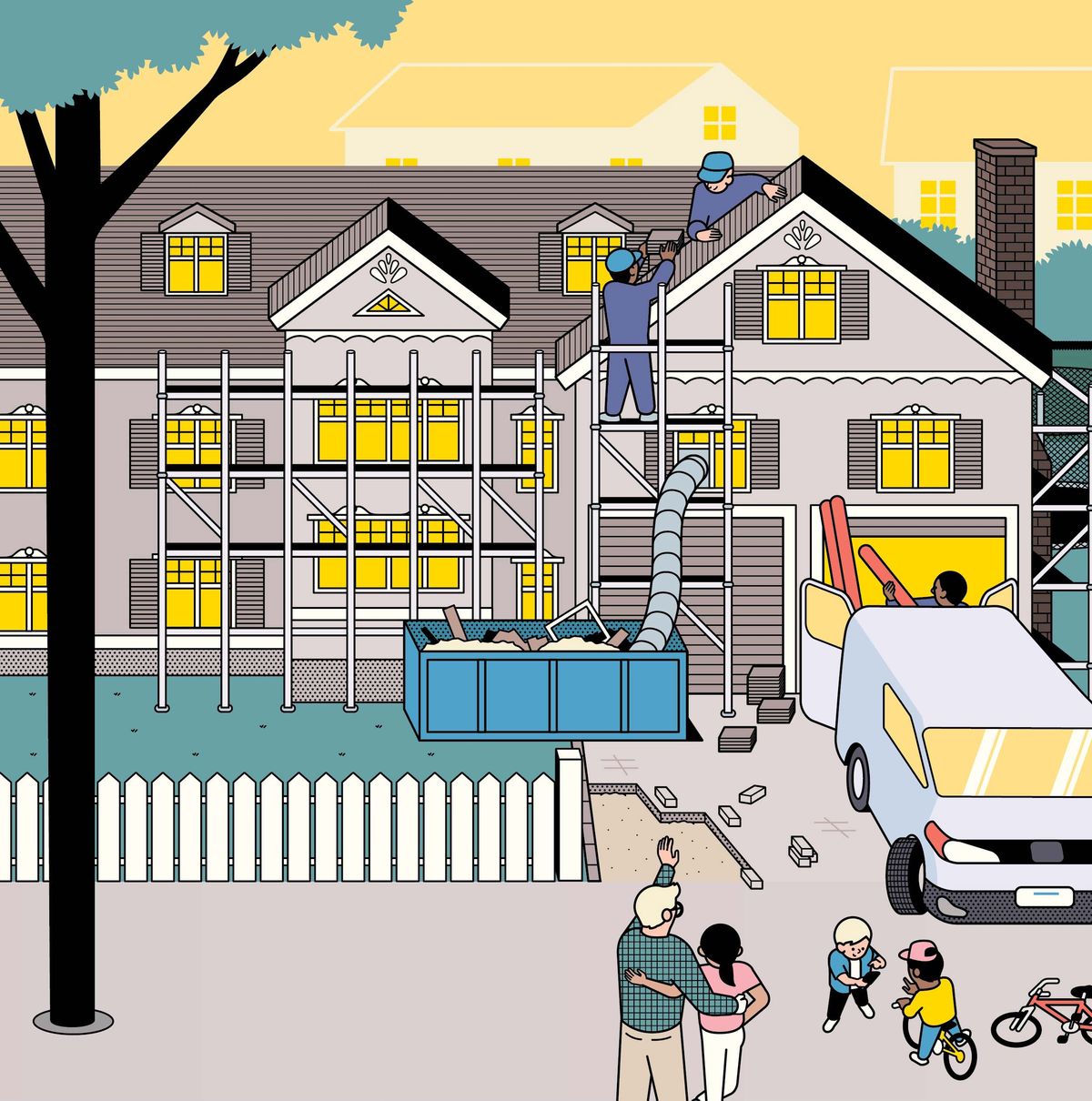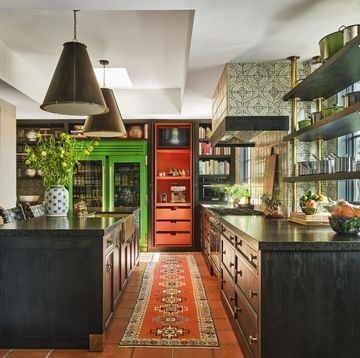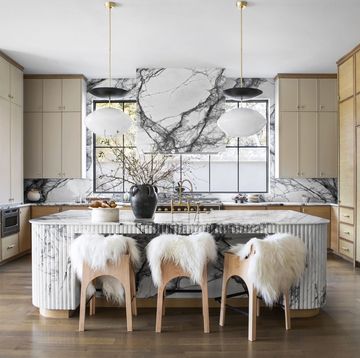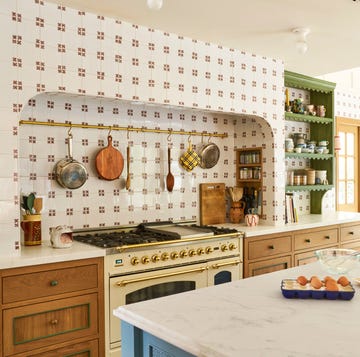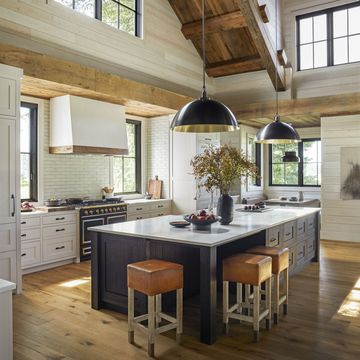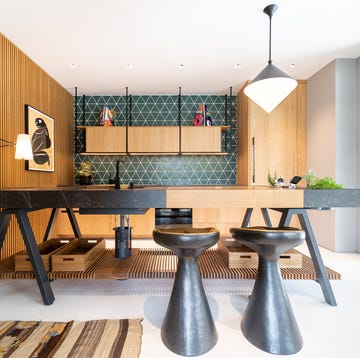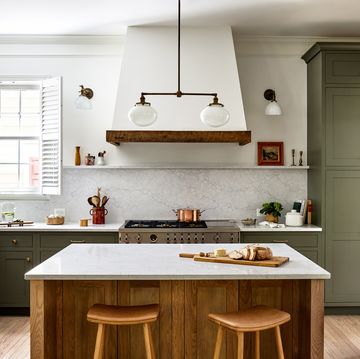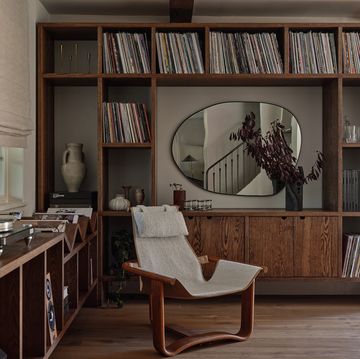How do you know if your current digs have potential to become your dream home? It’s a question familiar to Victoria Sass, who founded her Minneapolis-area design firm Project Refuge Studio with a focus on renovations that keep young families in old homes. “We get people who want to know, ‘Should I invest hundreds of thousands of dollars in this house or not?’” she says. “At some point, it’s not a good investment if what you really want is a different house. It’s like a marriage: Is this the one, or are you trying to make it into something it’ll never be?” Here are five signs you should stay right where you are, and renovate the house to make it suit your needs.
1. You’re attached.
Whether it’s the home, neighborhood, school system or other local ties, a deep emotional connection to the property is worth listening to. “That’s a really good reason to take the time to change your space to make it suit your needs,” says Laura Fenton, author of The Little Book of Living Small. “For those clients, we suggest renovation to increase square footage and fit their lifestyle,” adds designer Juliana Oliveira, the principal of Dallas firm Beyond Interior Design.
2. You want to build equity.
Spending money on a property you’re already invested in offers more potential to create additional value. “With a renovation, you get a lot more bang for your buck in terms of finishes,” says Oliveira. There may be some reconstruction costs, but more of your money will go to details that create a lasting impact. A 2019 study by the National Association of Realtors Research Group estimated that a homeowner could expect to recover between 50 and 60 percent of the cost of most renovation projects in the value of the home—a $75,000 boost in value on a $150,000 renovation of a new owner’s suite, for example. (The biggest impact? Replacing or refinishing wood flooring, which saw a return of 100 to 106 percent.) That said, where you renovate matters if you’ve got resale in mind: Less than 1 percent of real estate professionals said that a new owner’s suite helped close a sale, while 20 percent reported that a kitchen upgrade sealed the deal for new buyers.
3. You love historic details.
Old homes often come with quirks and charm that can’t be replicated by a new build, even with antiqued or upcycled finishes. Whether it’s a wonky window or the fact that there are no right angles anywhere, if a home’s imperfections—or at least some of them—bring you joy, you should stay.
4. Your new needs are short-term problems.
If you’re looking to start fresh due to a temporary dissatisfaction with a home you otherwise love, it’s probably worth making small adjustments and weathering the storm. A friend of Fenton’s nearly moved out of a beloved Brooklyn two-bedroom because their teens no longer wanted to share a room. “I said, ‘Wait a second. Your daughter’s going to be moving out in four years—do you really want to give up this apartment and neighborhood you love for a relatively short season of life?” she recalls. “They decided to do a light renovation, and they’re so happy they invested in the home they already have rather than look for a bigger one.”
5. Land isn’t readily available in your area.
In many parts of the country, build-ready lots are in short supply. “As developers struggle to keep up with demand, it drives up land prices and makes it difficult for families to move up to a bigger, newly constructed home,” says Emily Clark, who runs Boise, Idaho design-build firm Clark & Co. Homes. “If this is the case in your area, a major renovation may be a more cost-effective solution.”
2 Pro Tips for Renovating
Have somewhere else to live.
Living long-term on a construction site is far from ideal. And even if you think you want to tough it out amid the dust and the noise, designers suggest having a plan B just in case. “Clients who think that they can live in the home during a renovation and don’t have a backup plan on where they could temporarily stay is a red flag for me,” says Oliveira. (“Contractors don’t like interrupting your life any more than you like having them in their space—and if they’re tiptoeing around you and your family, you’re going to pay for it,” adds Bruce Irving, a Boston-area real estate agent and former executive producer of This Old House who also consults with homeowners weighing the competing urges to move or improve. “If they have to come in, set up and then pack up day after day, it’s a lot less efficient for everyone, and it may be worth the cost of getting out of your house for a bit.”)
Finish what you start.
No matter how closely you hew to your budget, the costs of a renovation can be staggering—especially if you’ve encountered one of those aforementioned unpleasant surprises along the way. Sass says budget fatigue often sets in as the project is winding down. “People will spend hundreds of thousands of dollars restructuring a space and doing engineering modifications,” she says. “But then they go really cheap on something like the knobs on their cabinets. That fixture might feel like a big splurge [after a costly renovation], but in the grand scope of the whole project, that's the piece that you're going to see and pass on to the next generation. Don't skimp on that at the end of the day just because you're tired of spending money.”
Follow House Beautiful on Instagram.
